Speaking of Nathan Myhrvold, let me share with you some Modernist/Molecular cooking tips:
dcarch
-----------------------
While you may not own an immersion circulator or ever put your potatoes in an ultrasound bath (even if the technique renders what "Modernist Cuisine" calls the ultimate fry), there are plenty of takeaways that you can implement in your kitchen right away - no high-tech gadgets required.
Here are some easy tips from the books. There are plenty more, but these should tide you over until affordable copies start circulating on eBay.
Fruits and vegetables
Extending the shelf life of fruit: Immerse fruit in warm water to destroy some of the enzymes that cause ripening; this won't affect the flavor. Make sure the water bath has reached the proper temperature before adding the fruit; after submerging it, dry thoroughly.
Fruit Temp (F) Minutes Shelf life, untreated Shelf life, treated
Blueberry 140F 1/2, 7 days, 20 days
Citrus segments 140f 20, 6, 11
Grape 131F 1/2, 5, 25
Pear 113F 40, 10, 15
Tomato 140F 1/2, 7, 10
More efficient juicing: Freeze the fruit or vegetable as long as possible, then thaw before juicing. Long-term freezing with periodic freeze-thaw cycles will produce large ice crystals. These rupture the cells in the food, which helps break down the food even before it reaches the juicer.
Cold-shocking myth: Because of how heat is transferred from the core outward, shocking boiled vegetables in cold water doesn't stop them from cooking.
Prevent dried beans from bursting: Use bottled water for cooking if your tap water is very hard.
Frying herbs in the microwave: Stretch plastic wrap over a plate, oil it, lay herbs on it in a single layer about 3/4-inch apart, brush again with oil and microwave 3-4 minutes at high power until crisp (4 minutes for parsley).
Meat and eggs
For creamy scrambled eggs: Discard one egg white to achieve the correct balance of fat to protein.
Safest way to thaw frozen foods: In an ice-water bath rather than in tepid water. This prevents the food's outer layer from reaching the "danger zone" where bacteria breed, and, counterintuitively, doesn't take much longer than thawing in tepid water.
Meat-searing myth: Searing doesn't "seal in the juices"; it creates a delicious brown crust, but the juices seep out just the same. The sizzle when you put meat in the pan is the sound of juices dribbling out.
Letting meat rest: It has nothing to do with allowing moisture to redistribute in the meat. Resting meat allows proteins that have dissolved during cooking to thicken the natural juices as they cool, so liquid escapes more slowly when the meat is sliced.
Tender burgers: Do not mix liquids, starches or powdered seasonings into the ground meat. "Most additives bind the meat together," "Modernist Cuisine" says. "Seasonings containing salt, for example, extract the meat protein myosin, which forms a strong, elastic gel when cooking." For best results, form the meat into patties, then add seasoning.
Basic cooking tips
Pan-cooking meat: The most efficient way to cook meat on the stovetop is to flip it every 15-30 seconds instead of just once halfway through. This will cook the meat quicker and more evenly because of how heat is transferred through the protein.
Cooking stock quickly: Cut your stock components (vegetables, bones, etc.) into small pieces (above, right) to increase the surface area that comes into contact with the water. This speeds up the rate at which flavor is leached out.
Resurrecting stale bread: Bread becomes stale by absorbing moisture from the air, which makes the crust soggy and causes the starch on the inside of the bread to crystallize and harden. Store fresh bread in the freezer, and heat stale bread in the oven to melt starch crystals and drive out the water.
Kitchen tools
Wood is best: Choose wood cutting boards instead of plastic. Although plastic is easy to sanitize, cut wood naturally secretes antimicrobial compounds. To clean a wooden cutting board, scrub it with salt and rinse it with a 200-ppm bleach solution. Don't soak wood overnight in bleach.
On burner size and pans: Expensive pans may or may not be better than inexpensive ones. What's really important is that the burner size matches the bottom of the pan. This promotes even heat distribution.
Grilling
The fuel: Flavor differences come from a food's drippings, not from the briquettes or hardwood charcoal cooking the food. Drippings seep out of the meat and fall onto the hot coals, burst into flame and coat the food with newly formed molecules which result in that unique grilled flavor and aroma.
Grilling thick pieces of meat: Sear the meat over the coals, shift the meat to one side of the grill and coals to the other, and cover, creating a makeshift oven. This will cook the meat through without burning the outside.
On wine
Wineglasses: The shape is not nearly as effective as people claim, so buy what you think looks pretty.
Hyper-decanting wine: Whiz wine in a blender for a minute, allow the froth to subside and serve. This oxygenates and releases gases.
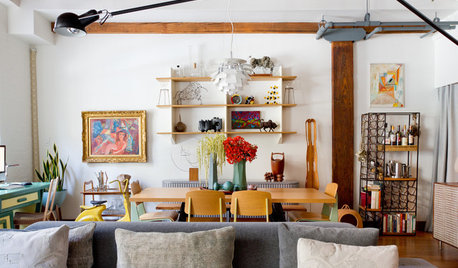
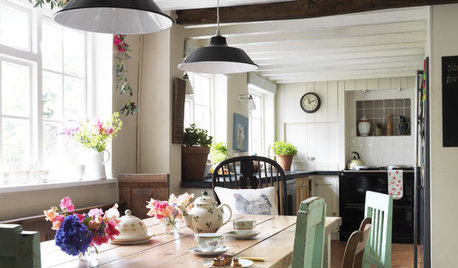
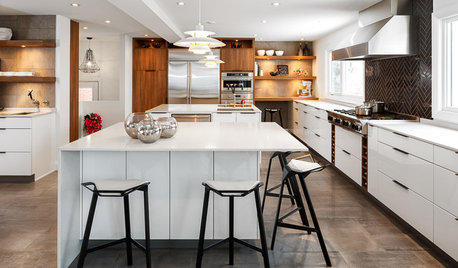
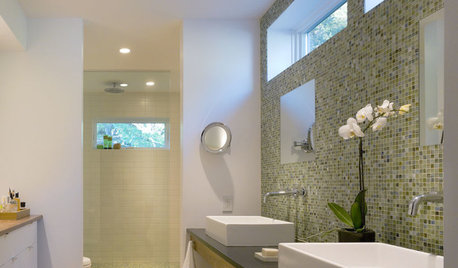
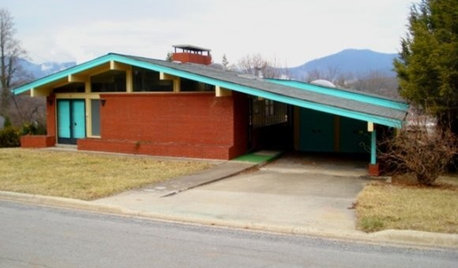
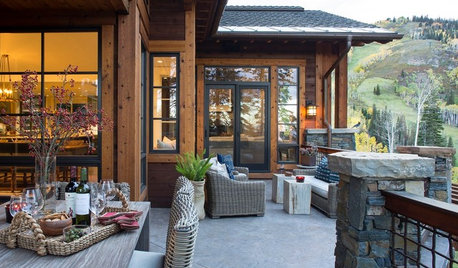
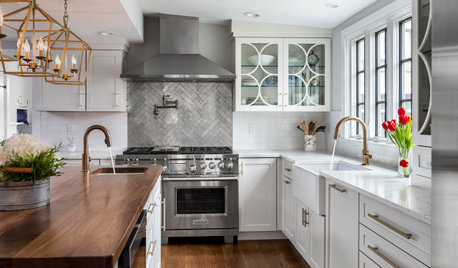
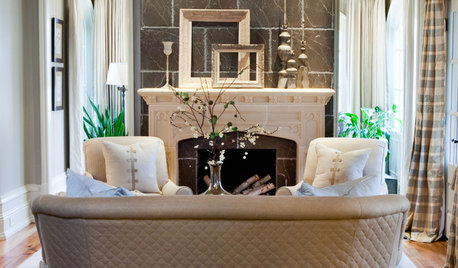
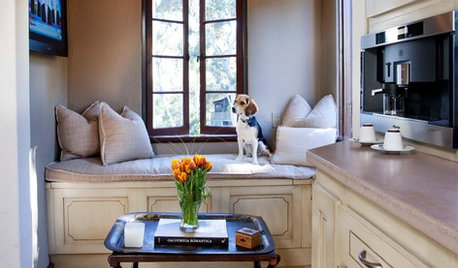
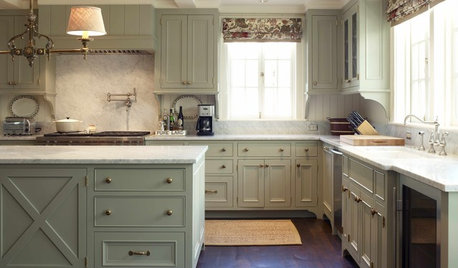




sally2_gw
bbstx
Related Discussions
For New Yorkers (like me)
Q
Cost effective breakfast and lunch ideas
Q
How do I get my hands to stop burning ??? (Archived thread)
Q
Cookalong #16----------APPLES
Q
bbstx
donna_in_sask
triciae
dcarch7 d c f l a s h 7 @ y a h o o . c o mOriginal Author
bbstx
dcarch7 d c f l a s h 7 @ y a h o o . c o mOriginal Author